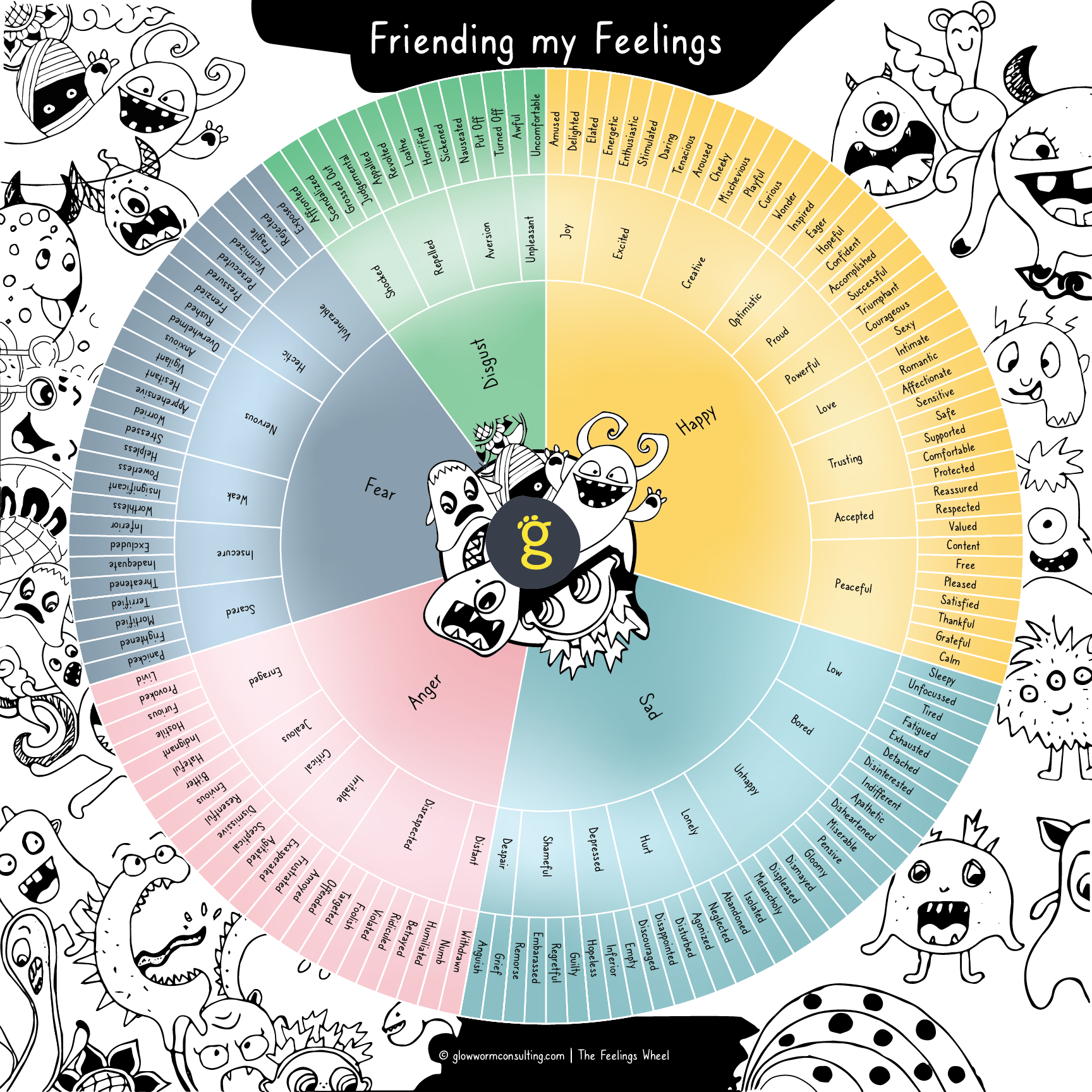Related Stories
Here are some more stories for you!
Exploring People-Centric Design: In Conversation with Anita Ramachandran
Exploring People-Centric Design: In Conversation with Anita Ramachandran
Glow Worm’s Approach to OD: In Conversation with Soumya, Chapter 3
Glow Worm’s Approach to OD: In Conversation with Soumya, Chapter 3
Embracing a Client’s Ecosystem: In Conversation with Soumya, Chapter 2
Embracing a Client’s Ecosystem: In Conversation with Soumya, Chapter 2
Adopting an OD Lens: In Conversation with Soumya, Chapter 1
Adopting an OD Lens: In Conversation with Soumya, Chapter 1
Finding Your Rhythm: Aligning Who You Are with What You Do
Finding Your Rhythm: Aligning Who You Are with What You Do
Thinkathon: Reigniting Purpose and Collaboration in Remote Work
Thinkathon: Reigniting Purpose and Collaboration in Remote Work
Embracing the Joy of Learning: In conversation with Vinod Krishna Kumar
Embracing the Joy of Learning: In conversation with Vinod Krishna Kumar
Learning, growing, smiling: a milestone with Avani Konduri
Learning, growing, smiling: a milestone with Avani Konduri








